Cold Forming Simulation Using Abaqus CAE | Residual Stress Analysis
€ 59.0
Have you ever heard of cold forming process? It refers to the reshaping of metals into desired forms at room temperature. It suits well for parts requiring high precision and a good surface finish. While cold forming offers many advantages, it is important to consider the potential for residual stresses within the material. The residual stresses in cold-formed components can influence their behavior, potentially affecting the quality of the final product. Experimentally measuring these stresses can be challenging. Numerical simulations offer a solution for cold forming residual stress analysis. Among the available numerical methods, Abaqus cold forming simulation has gained significant attention from researchers and practitioners. This training explores Abaqus cold forming analysis in detail. It includes three workshops that cover different steps in the cold forming process. For validation purposes, we have compared the results for the numerical simulation of cold forming with a reference solution for each workshop.
| Expert | |
|---|---|
| Package Content |
.inp ,video file |
| Level | |
| Package Type | |
| Software version |
Applicable to all versions |
| Subtitle |
No subtitle |
| language |
English |
Frequently Bought Together
Introduction (Cold forming residual stress analysis)
The cold forming process is a complex task that involves multiple stages, resulting in the production of metal frames with the desired shapes. Typically, manufacturers produce cold-formed structural elements using either roll forming or press-braking methods. Figure 1 illustrates both of these methods. (Cold Forming Simulation)
Figure 1: Comparison of roll-forming and press-braking methods for cold-formed steel members [1]
In both methods, before cold forming is initiated, cold-rolled steel sheets are initially coiled into rolls for storage. Following this, they are then uncoiled from the roll and flattened into sheets before undergoing the cold forming process. Figure 2 presents the uncoiling-flattening process for a coiled member.
Figure 2: Uncoiling-flattening process for a coiled member [2]
The residual stresses resulting from cold forming exhibit a nonlinear variation across the thickness of the section. They significantly impact the mechanical behavior of structural members made from cold-formed sections. These residual stresses originate from two main sources: 1- the coiling, uncoiling, flattening, and 2- the cold forming process itself. However, laboratory assessments of residual stresses across the plate thickness in cold-formed sections are challenging and sometimes impossible. Numerical cold forming simulation addresses the limitations of cold forming residual stress analysis. However, such simulations may present some challenges. We have discussed these challenges below.
Numerical cold forming simulation
In the process of coiling-uncoiling or cold forming, the metal sheet frequently undergoes plastic deformations. Therefore, it is necessary to account for the nonlinear behavior of the material for a cold forming residual stress analysis. Additionally, during the cold forming process, the metal interacts with rollers and punches. Hence, it is important to consider these complex interactions in numerical cold forming simulation. Another challenge lies in applying boundary conditions to the specimen in a realistic manner for cold forming simulation. All of these factors contribute to the complexity of numerical cold forming simulation. However, Abaqus CAE has simplified all these challenges for us. It offers a straightforward yet precise framework for cold forming residual stress analysis.
We can utilize Abaqus for simulating the coiling-uncoiling and flattening process, as well as press-braking or rolling, without significant limitations. If you have questions about Abaqus cold forming analysis, don’t worry. We have prepared step-by-step guides through workshops for you.
Workshop 1: Abaqus cold forming analysis for coiling and uncoiling stages
Consider a thick steel plate that has been coiled and is now fattened. This flattening process will induce residual stresses and deformations. We need to simulate this process using Abaqus CAE. To ensure the cold forming simulation reflects reality, it is essential to account for the nonlinear behavior of steel. Such an Abaqus cold forming analysis is detailed in the paper titled “Residual stresses in steel sheets due to coiling and uncoiling: a closed-form analytical solution”. For simplification, the problem is modeled in the form of pure bending. This is assuming that the plate has uniformly curved under coiling and uncoiling conditions. In Workshop 1, we have provided a step-by-step guide for modeling this problem in Abaqus and have compared the results with the reference solution. To do so, we have used Abaqus “Static General” step. It is more reliable than the Abaqus “Dynamic Explicit” step for forming processes, as it checks the convergence of the solution. Figure 3 presents a comparison of transverse stress across the thickness.
Figure 3: Comparison of transverse stress across the thickness for workshop 1
- Numerical cold forming simulation
- Introduction and problem description
- Description of modeling steps
- Result and discussion
- Introduction and problem description
- Description of modeling steps
- Result and discussion
- Introduction and problem description
- Description of modeling steps
- Result and discussion
Workshop 2: Evaluation of residual stresses in steel sheets due to cold forming process
In this workshop, we have modeled the roll-forming process in Abaqus. However, to simplify the cold forming simulation, we treat the problem as pure bending of a 2D plane strain part. It is not far from reality, considering the uniform curvature of the plate during the forming process.
To model such a problem, we have fixed one end of the member and assigned rotation to its other end. Subsequently, it is released to simulate the spring-back condition. It is desirable to calculate the variation of residual stresses across the thickness. To do so, we have employed Abaqus “Static General” step. One step is defined to apply rotation, and another is defined to simulate spring-back. To verify our results, we have compared them with those presented in the paper titled “An incremental numerical method for calculation of residual stresses and strains in cold-formed steel members”. The comparison of one of the stress components across the thickness, due to the cold forming process, is depicted in Figure 4.
Figure 4: Comparison of stress across the thickness for workshop 2
Workshop 3: Numerical simulation of cold forming | press-braking stage
Press-braking is a well-known stage in the cold forming process of metals. So, in this workshop, we have simulated this process to capture the residual stresses. For verification, we have modeled a well-established problem as introduced in the following papers:
“Residual Stresses in Cold‐Bent Thick Steel Plates”
“Cold‐Bending of Thick High‐Strength Steel Plates”
Furthermore, we have received assistance from the paper titled “Finite element predictions of residual stresses in press-braked thin-walled steel sections” to conduct the numerical simulation of cold forming in Abaqus. For simplification, we have modeled the problem in two-dimensional space. As shown in Figure 5, the plate is in contact with the punch and die and is thus pushed down by the punch part.
Figure 5: Simulation of press-braking process in workshop 3
For verification, we have compared stress components with the reference solutions, as shown in Figure 6.
Figure 6: Comparison of stress across the thickness for workshop 3
Summary
The cold forming process, despite its numerous applications, is a complex task due to the generation of residual stresses. Such stresses significantly affect the final product’s quality. Experimental methods have limitations in predicting these residual stresses. However, numerical simulation of cold forming provides a solution to these limitations. Such simulations have enabled the cold forming residual stress analysis. In this training, we utilize Abaqus for numerical cold forming simulation, with different stages modeled through three workshops. Through these workshops, you will gain a step-by-step guide for Abaqus cold forming analysis. The workshops include different cold forming simulation stages, including coiling and uncoiling, rolling, and press-braking.
It would be helpful to see Abaqus Documentation to understand how it would be hard to start an Abaqus simulation without any Abaqus tutorial. Also, be careful with the units of values you insert in Abaqus. Yes! Abaqus don’t have units but the values you enter must have consistent units. You can learn more about the system of units in Abaqus.
For simulations like this one, which solver should be used?? is it Standard or Explicit? what is the difference between Standard and Explicit solvers, anyway?? Find out your answers in this blog: Differences between ABAQUS Standard & ABAQUS Explicit
All the package includes Quality assurance of training packages. According to this guarantee, you will be given another package if you are not satisfied with the training, or your money is returned. Get more information in terms and conditions of the CAE Assistant.
All packages include lifelong support, 24/7 support, and updates will always be sent to you when the package is updated with a one-time purchase. Get more information in terms and conditions of the CAE Assistant.
Notice: If you have any question or problem you can contact us.
Ways to contact us: WhatsApp/Online Support/[email protected]/ contact form.
Projects: Need help with your project? You can get free consultation from us here.
- Online payment: with MasterCard, VisaCard and etc.
- Offline payment: In this payment method, you should pay via PayPal and send your payment receipt as an attached file in the offline payment form.
- via download link After purchase, a download link will be sent to you a zip file included training videos, documents and software files.
- Send us your machine ID
To access tutorial video run the .exe file on your personal pc and send the generated code to [email protected] and wait for your personal code, which is usable only for that pc, up to 24 hours from CAE Assistant support.
Here you can see the purchase process of packages: Track Order
1 review for Cold Forming Simulation Using Abaqus CAE | Residual Stress Analysis
Clear filtersYou must be logged in to post a review.
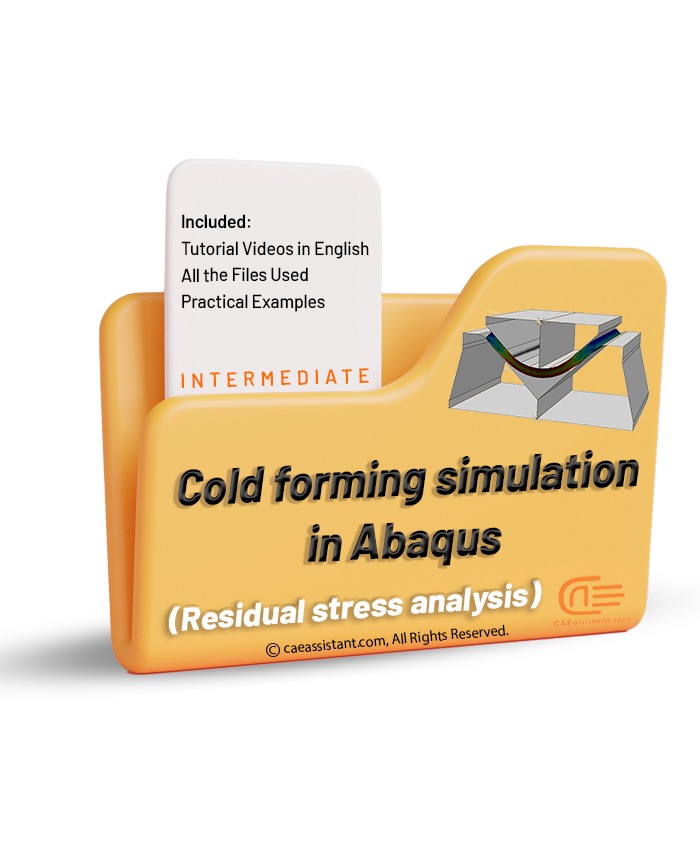
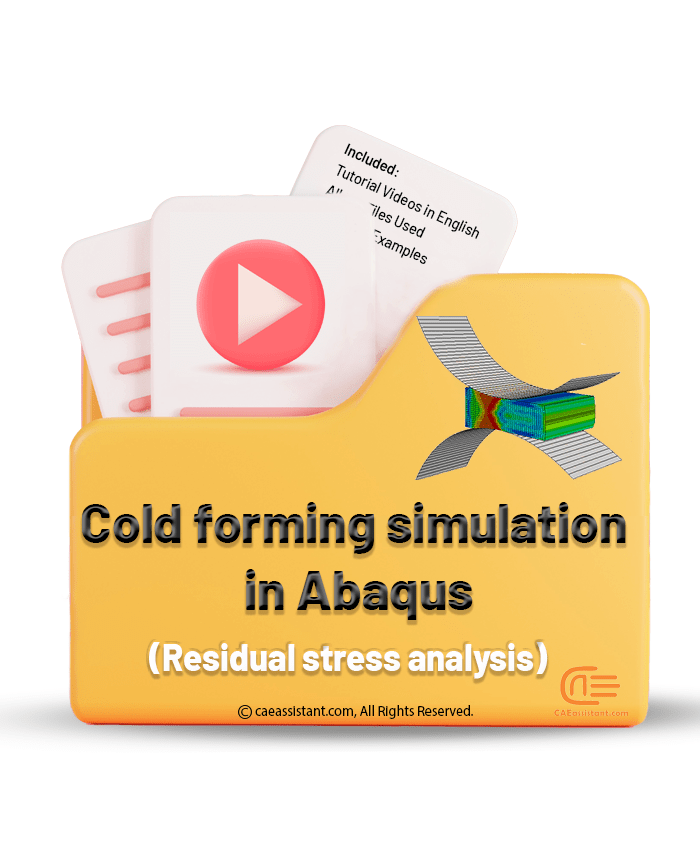
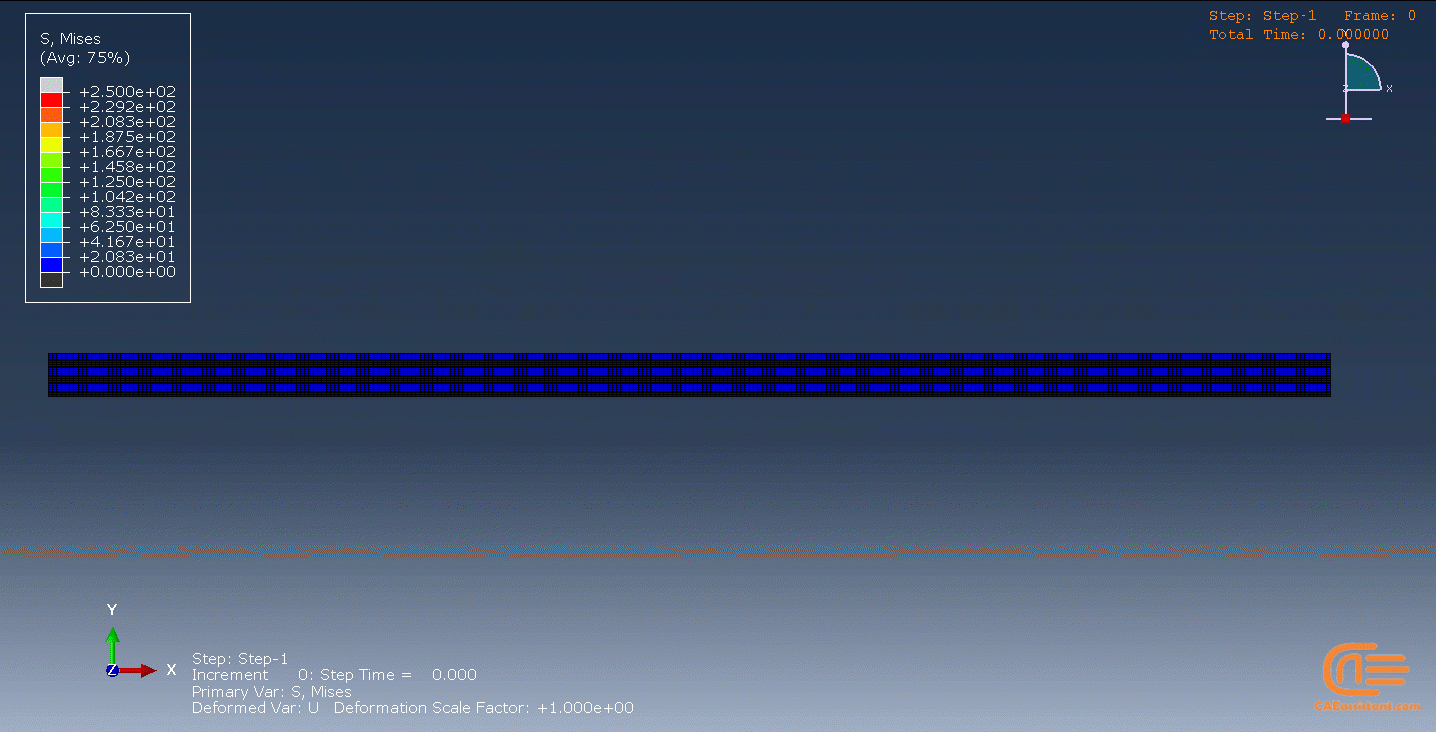
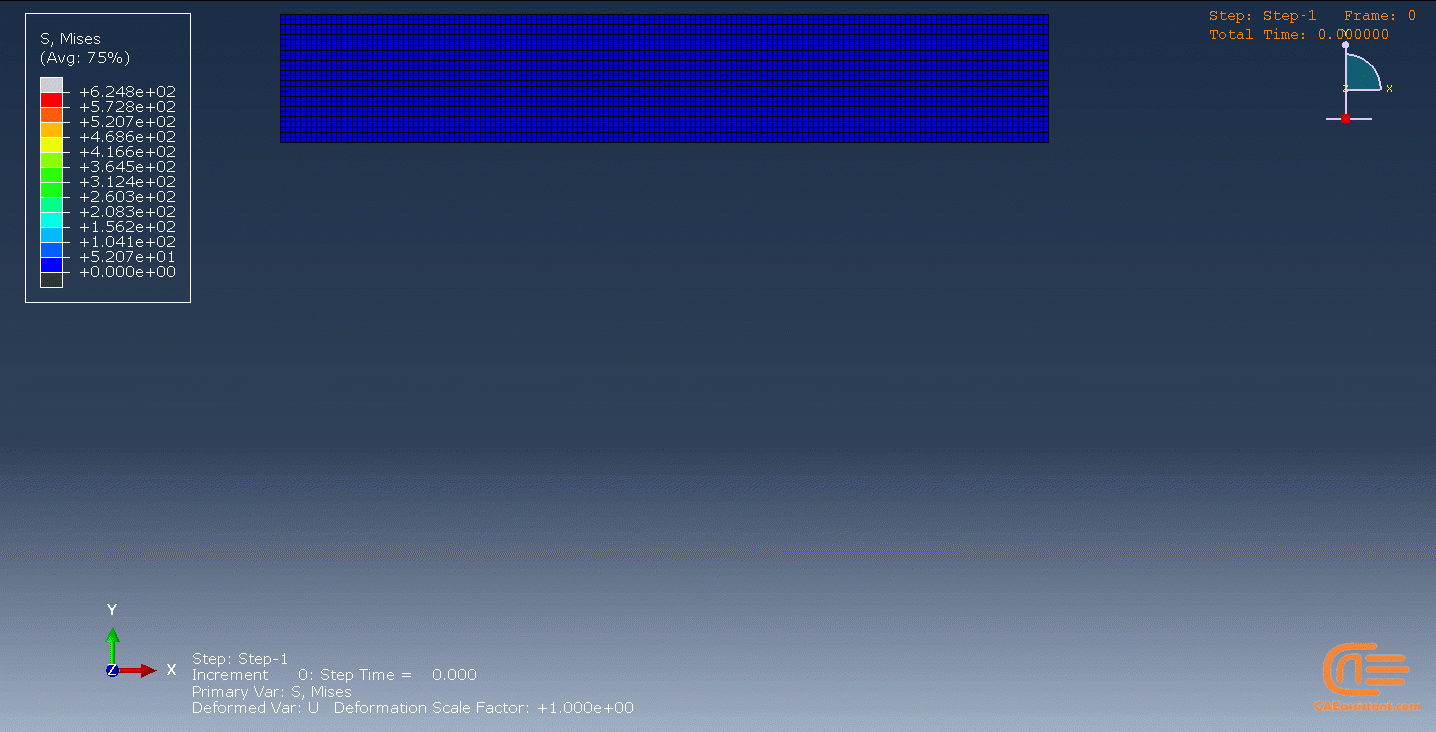
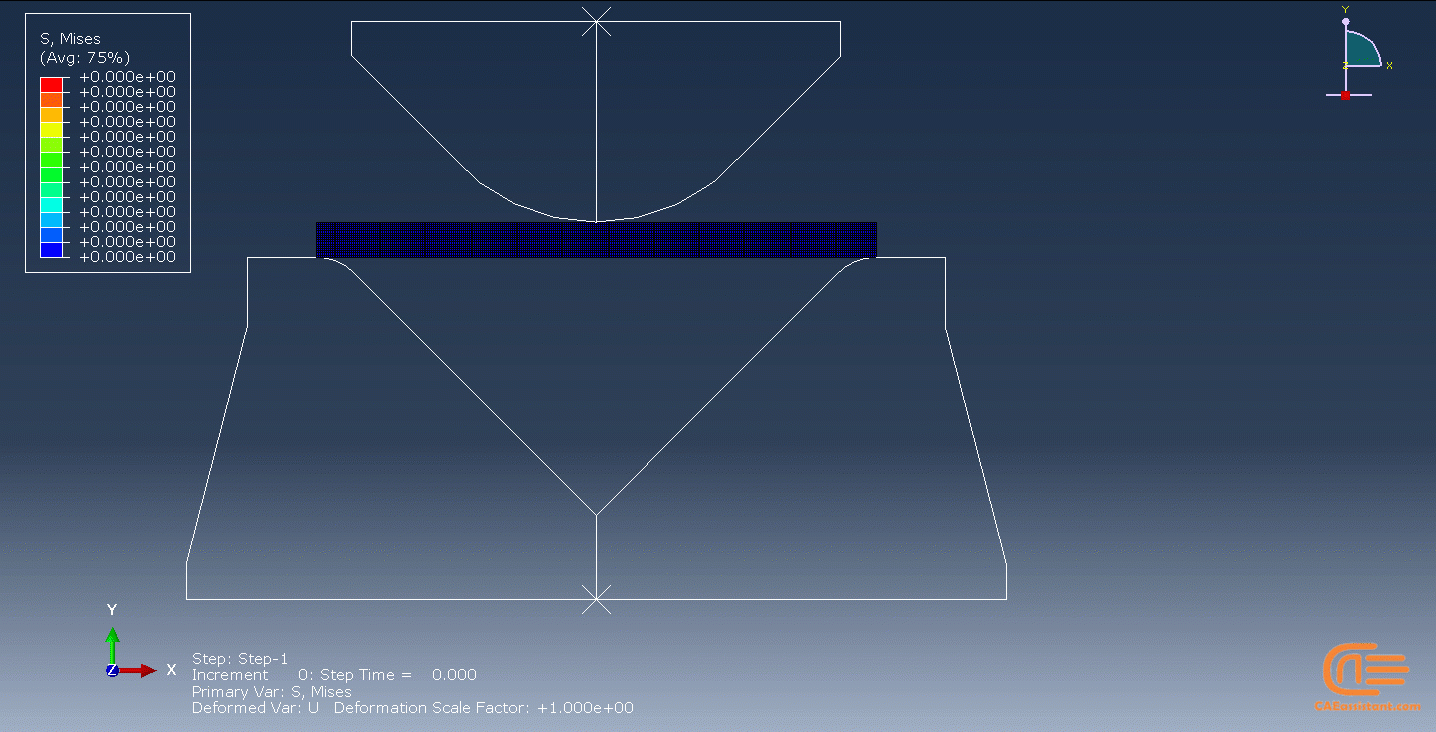
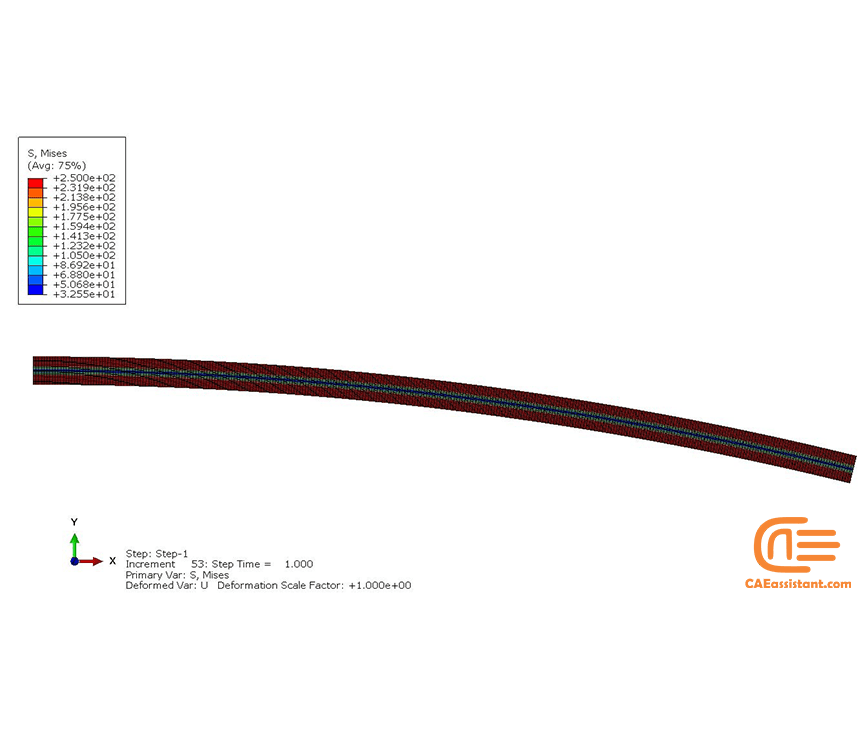
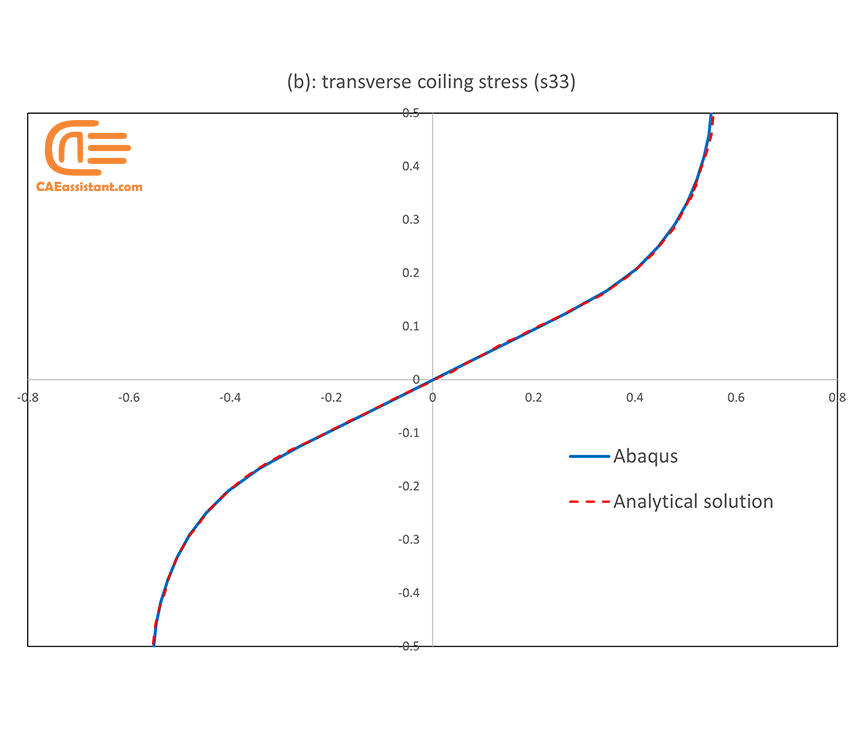
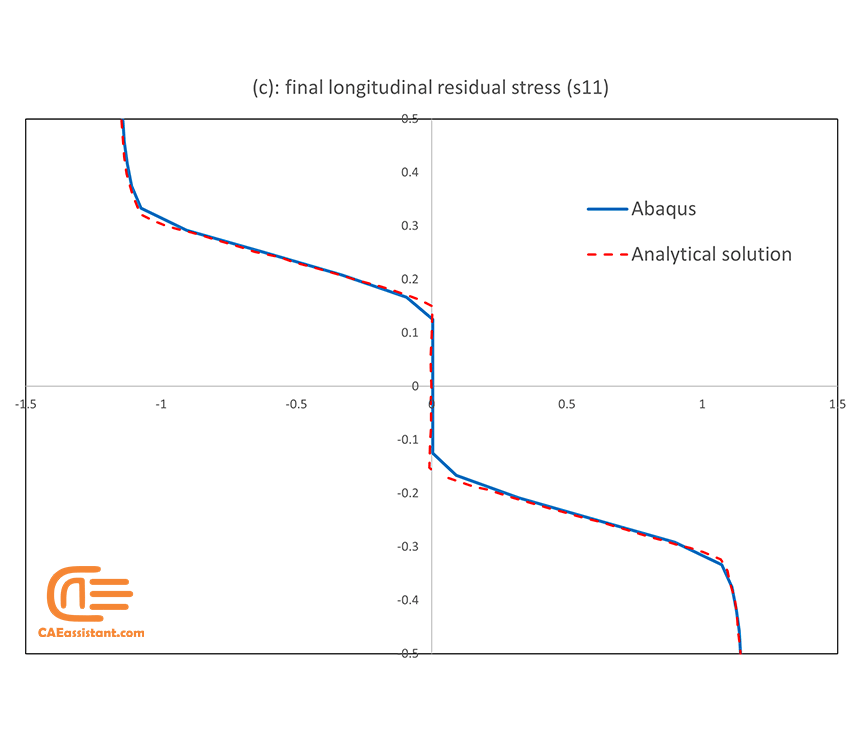
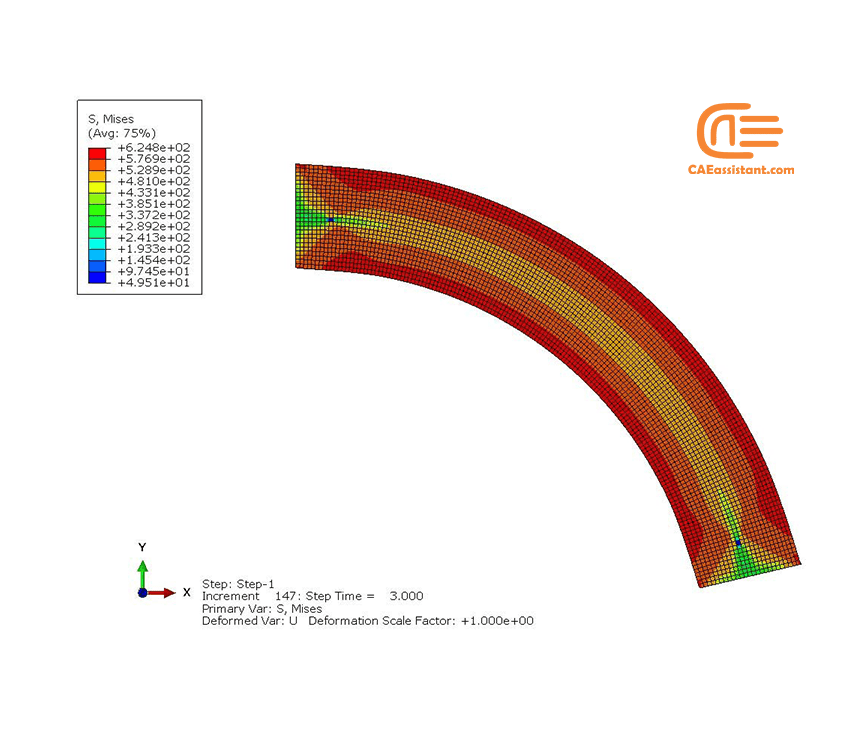
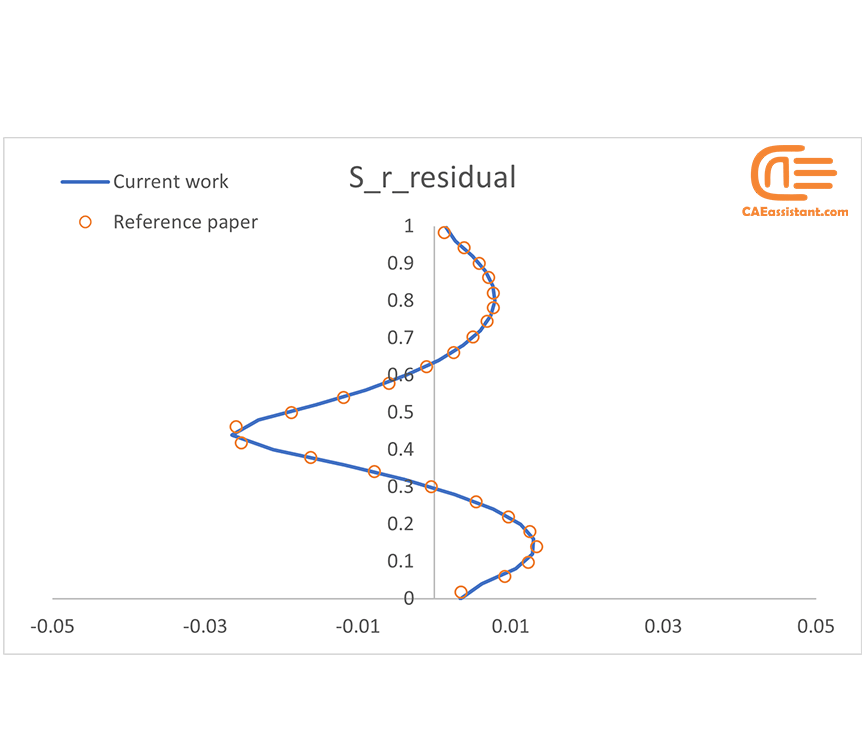
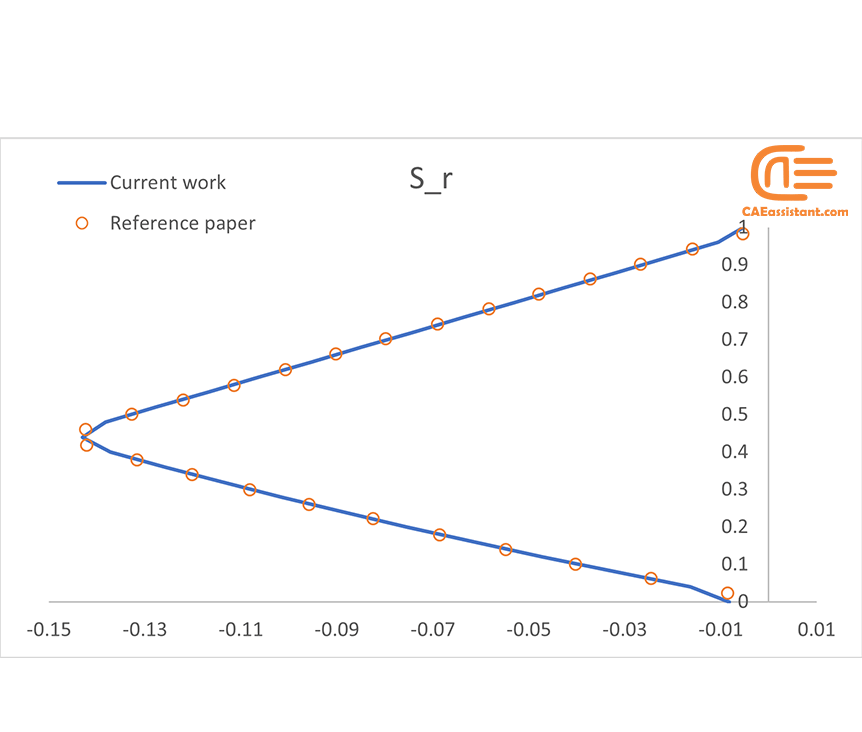
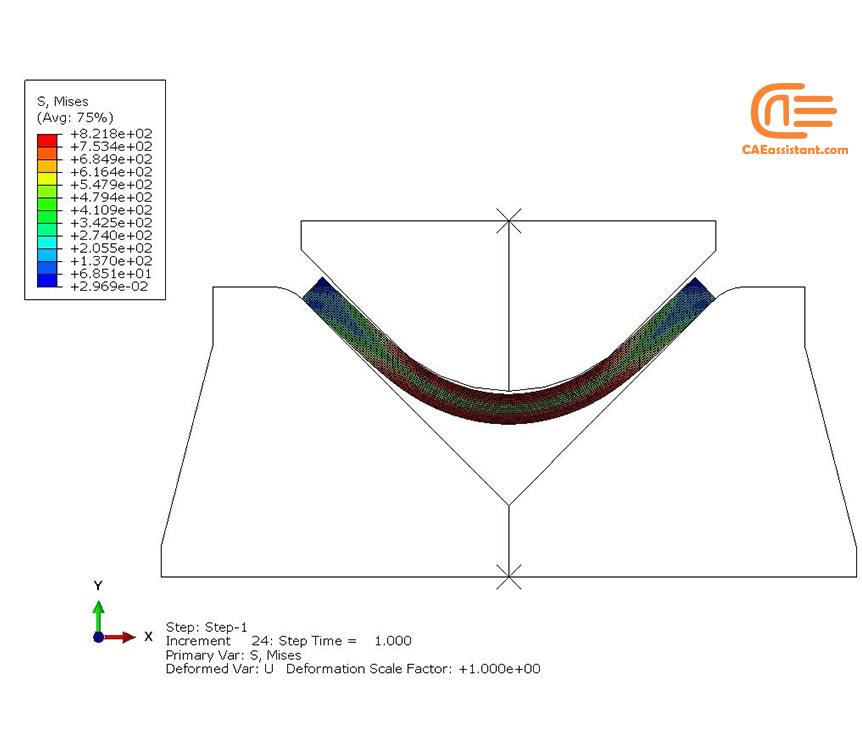
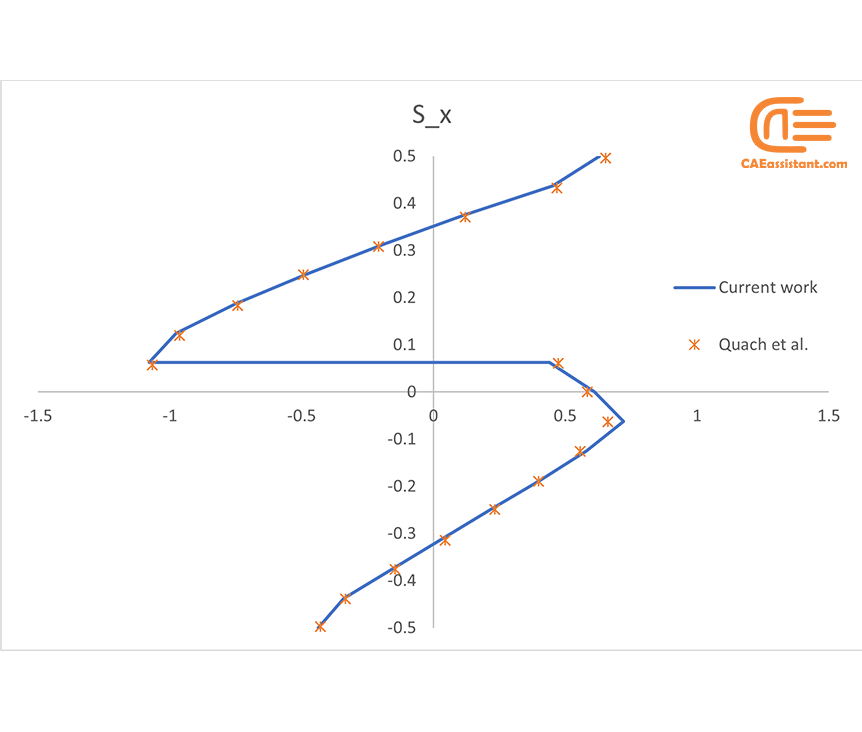
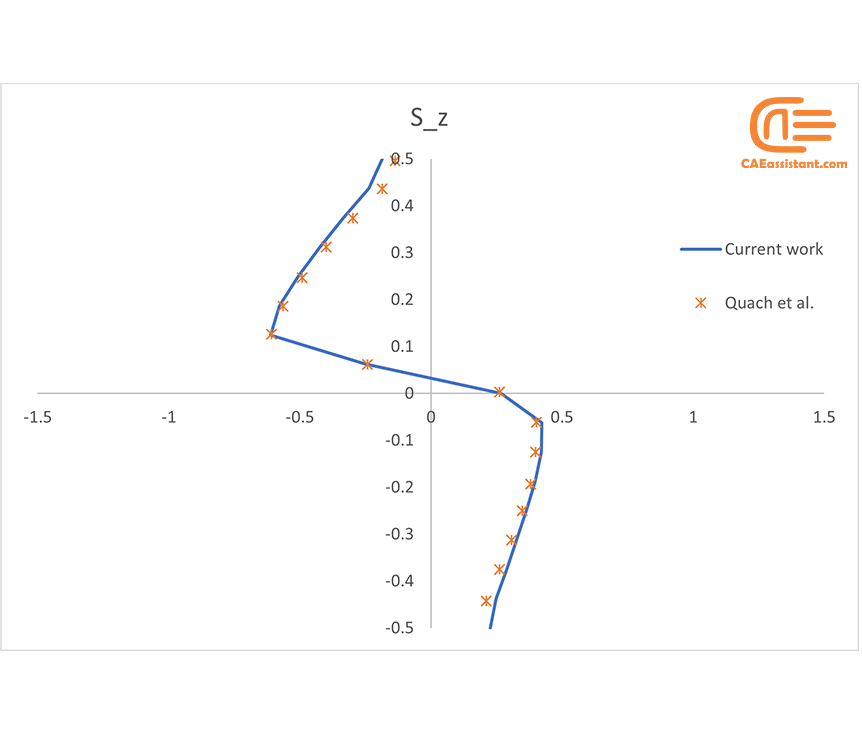
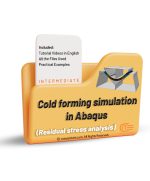
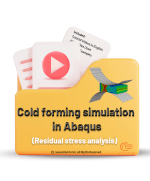



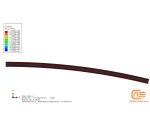
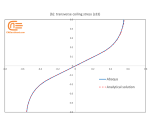
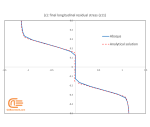
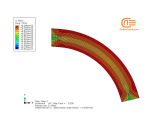
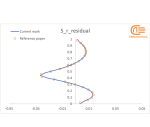
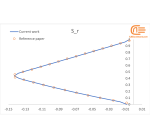
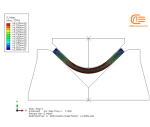
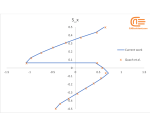
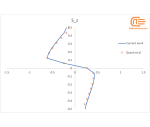







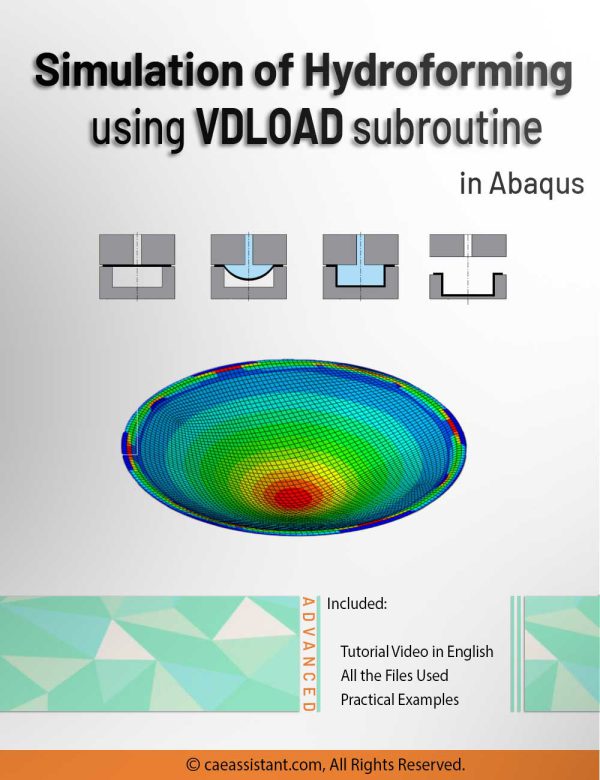
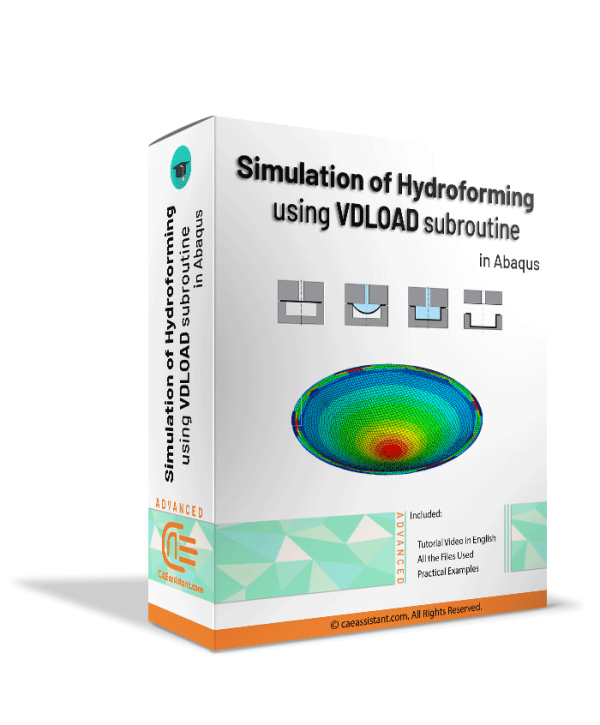
Anonymous –
Informative!!